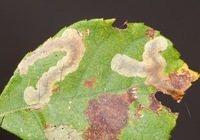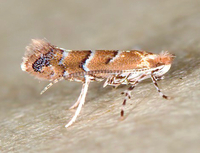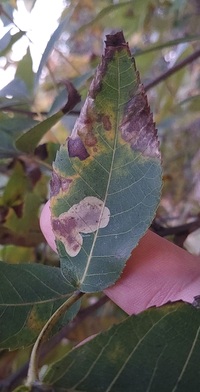
| Recorded by: Mark Basinger on 2025-11-14
Brunswick Co.
Comment: | 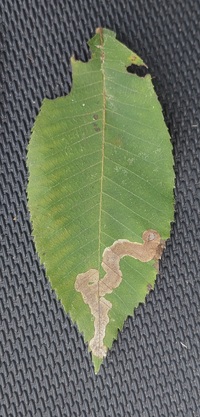
| Recorded by: Mark Basinger and Donald Zepp on 2025-11-13
Pitt Co.
Comment: |
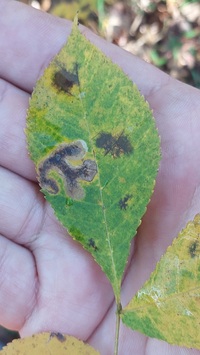
| Recorded by: Mark Basinger on 2025-11-09
Pender Co.
Comment: | 
| Recorded by: Mark Basinger on 2025-10-18
Lee Co.
Comment: |

| Recorded by: Mark Basinger on 2025-10-18
Stanly Co.
Comment: | 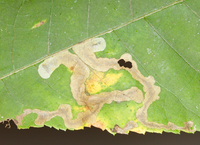
| Recorded by: Jim Petranka and Becky Elkin on 2025-10-06
Madison Co.
Comment: |
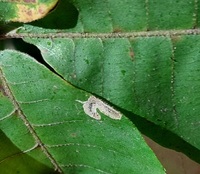
| Recorded by: Mark Basinger on 2025-10-05
Stanly Co.
Comment: | 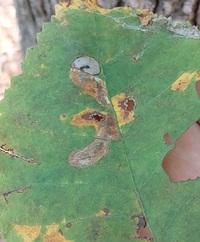
| Recorded by: Mark Basinger on 2025-10-03
Anson Co.
Comment: |
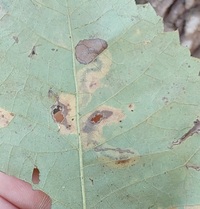
| Recorded by: Mark Basinger on 2025-10-03
Anson Co.
Comment: | 
| Recorded by: Mark Basinger on 2025-10-03
Robeson Co.
Comment: |
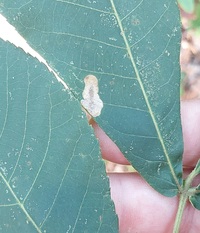
| Recorded by: Mark Basinger on 2025-10-01
Hoke Co.
Comment: | 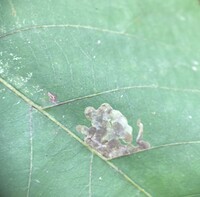
| Recorded by: Dean Furbish, Lior S. Carlson on 2025-09-10
Orange Co.
Comment: |
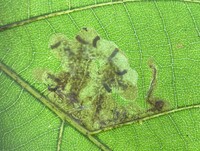
| Recorded by: Dean Furbish, Lior S. Carlson on 2025-09-10
Orange Co.
Comment: | 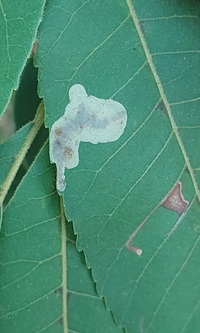
| Recorded by: Mark Basinger on 2025-08-22
Wilson Co.
Comment: |
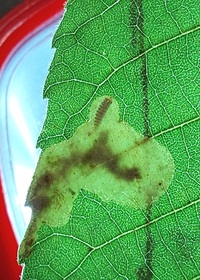
| Recorded by: Mark Basinger on 2025-08-22
Wilson Co.
Comment: | 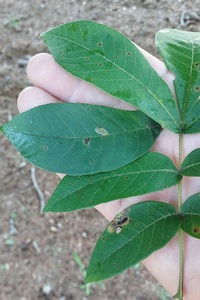
| Recorded by: Mark Basinger on 2025-08-09
Alamance Co.
Comment: |

| Recorded by: Mark Basinger on 2025-08-09
Wilkes Co.
Comment: | 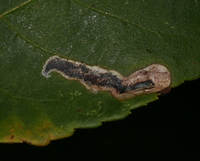
| Recorded by: David George, Jeff Niznik, Rob Van Epps, Kevin Metcalf on 2025-07-20
Richmond Co.
Comment: |
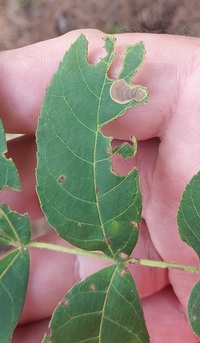
| Recorded by: Mark Basinger on 2025-07-10
Bladen Co.
Comment: | 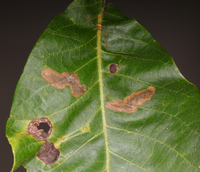
| Recorded by: Jim Petranka, Mark Basinger and Becky Elkin on 2025-06-28
Moore Co.
Comment: |

| Recorded by: Jim Petranka, Mark Basinger and Becky Elkin on 2025-06-28
Moore Co.
Comment: | 
| Recorded by: Jim Petranka and Becky Elkin on 2025-05-22
Richmond Co.
Comment: |
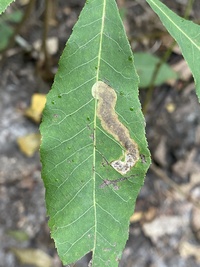
| Recorded by: David George on 2024-10-29
Onslow Co.
Comment: | 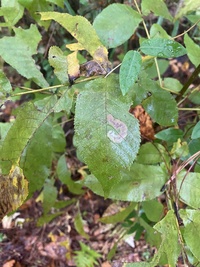
| Recorded by: David George on 2024-10-27
Craven Co.
Comment: |

| Recorded by: F. Williams, S. Williams on 2024-10-02
Bertie Co.
Comment: | 
| Recorded by: J.B. Sullivan on 2024-09-15
Carteret Co.
Comment: |

| Recorded by: David George, Steve Hall on 2024-08-31
Chatham Co.
Comment: | 
| Recorded by: Stephen Dunn on 2024-08-27
Orange Co.
Comment: |
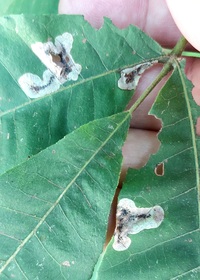
| Recorded by: Mark Basinger on 2024-08-26
Wilson Co.
Comment: | 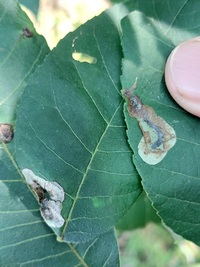
| Recorded by: Mark Basinger on 2024-08-26
Wilson Co.
Comment: |
|

 »
»
